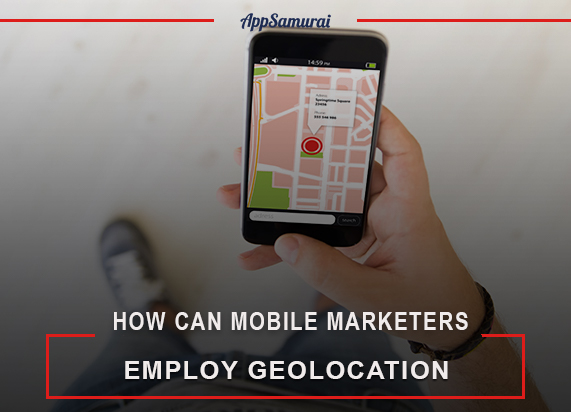Geolocation in mobile marketing is taking the information about a user’s physical location in order to tailor media and commercial content based on that individual user. In our hyper-digital age, being able to incorporate aspects of a user’s physical environment is one way to reach your audience successfully.
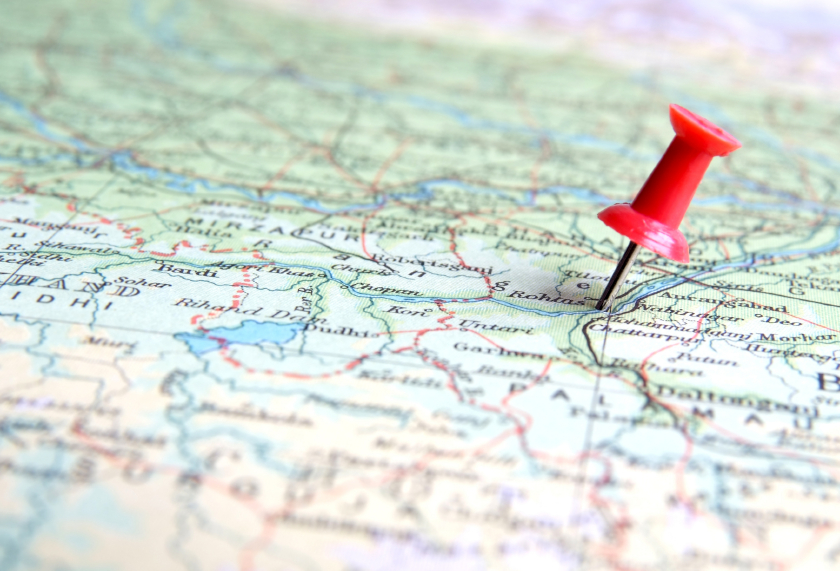
What’s The Fuss About Geolocation-Based Marketing?
Quite simply, as people increasingly look to their mobile devices for media consumption, internet access, and shopping, having a mobile marketing plan in place is vital for any business to find success in an increasingly competitive market. Because mobile devices—both smartphones and tablets—accompany people wherever they go, herein lies a fruitful opportunity to target users instantly and personally based on their habits.
Mobile device users, particularly the younger generations, have become comfortable with mobile apps and media. Users can store nearly any kind of information on their devices—from emails and schedules to boarding passes, coupons, and gift cards. Using a mobile device this way gives users a streamlined experience wherein they do not have to remember to print out coupons or even remember to bring them. Mobile devices make it so they can access these items instantly and from anywhere.
Because the nature of mobile apps, shopping is all often more streamlined, with, for example, one-click purchasing and the ability to store and access your payment and address information instantly. More and more, consumers are using their mobile devices to complete their shopping due to a more straightforward experience and overall convenience.
A Quick Introduction
Because mobile devices are largely equipped with geolocation, it is easy to find user devices and take advantage of the lucrative possibilities of location-based marketing.
In general, the action of using geolocation in mobile marketing consists of sending notifications or actions directly to a user’s phone based on that user’s physical location. For example, it might be when the user enters a predefined location or geo-fenced parameter. This type of geolocation is determined through GPS, which works perfectly for businesses that want to target a large audience. (For example, residents of or visitors to a specific city, neighborhood, etc.) However, GPS has its pitfalls and lacks in providing location specificity within large indoor complexes or individual stores. For businesses facing this problem, they can use what is called “proximity marketing,” which is highly specific and defines a user’s location within a smaller area. Often businesses want to define locations within a building where a GPS signal either cannot reach or may be weak.
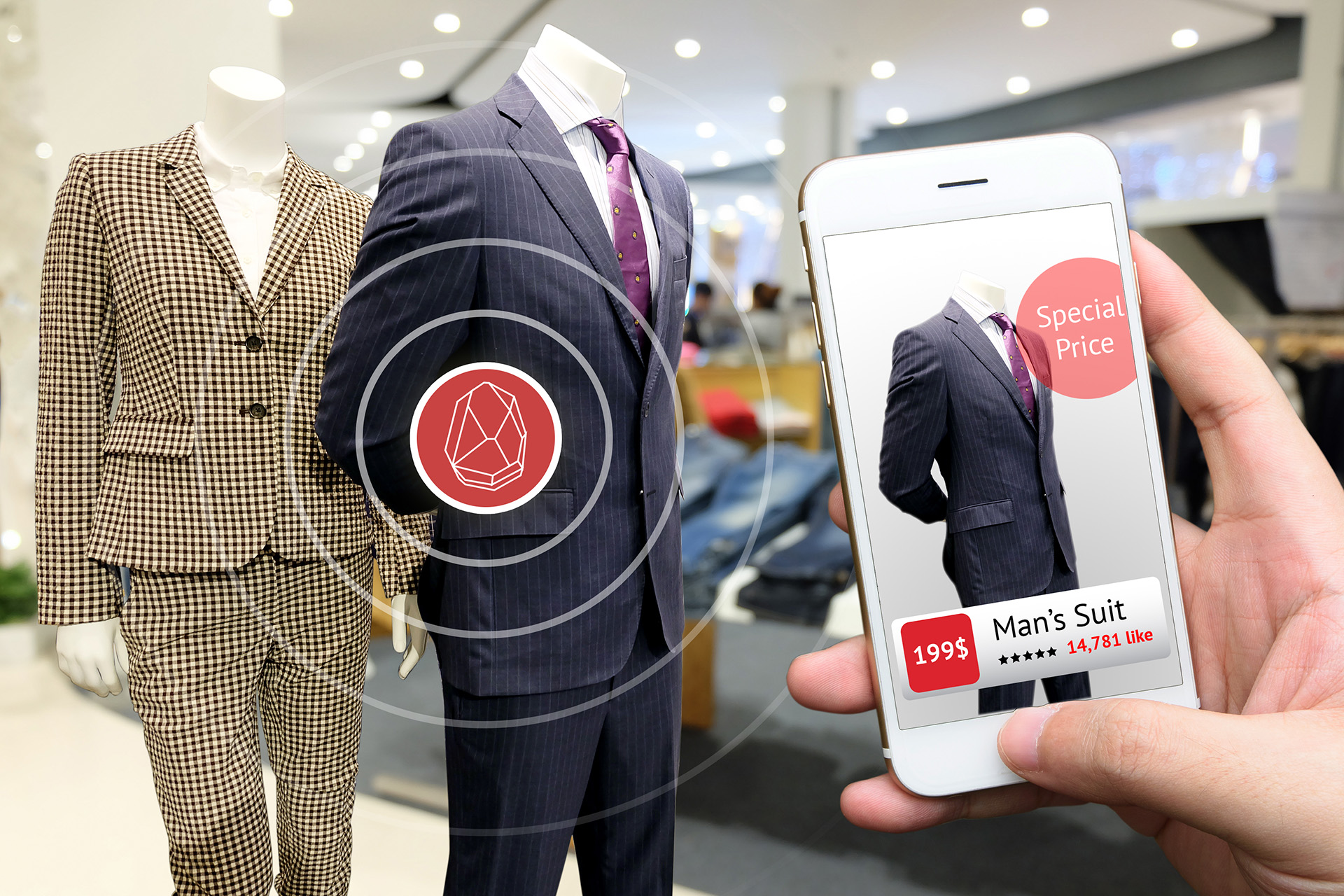
Beacons, on the other hand, are in-store location sensors that provide businesses with data on their visitors and customers. Business can monitor and analyze how people move around their physical store (foot traffic), which areas are visited (and which aren’t). In short, beacons provide valuable customer data that not only allows a business to streamline their in-store experience, but also be extremely specific in customer-targeted notifications. A department store with numerous levels or sections might send hyper-specific notifications to customers in particular sections. For example, someone in a “Home Section” might be notified of coupons or offers for home-related products.
How Mobile Marketers Are Taking Advantage Of Geolocation
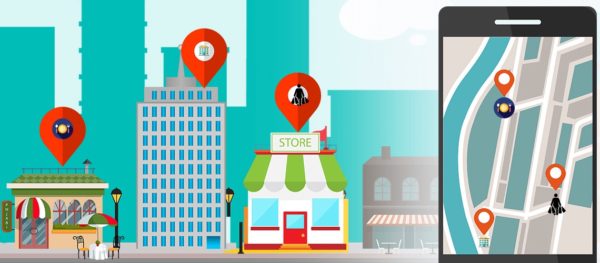
Platforms like Facebook, Google+, and Foursquare offer businesses innovative strategies for advertising their brand, offering discounts or coupons, or promoting events to other mobile users within a defined physical area. These services are easy to set up once you have a business page, and they are a hassle-free way to test the waters of mobile marketing via geolocation.
To learn how employing a mobile geolocation marketing strategy can be beneficial for your business, it is first necessary to define your audience and where (the types of locations) a user would be looking for or easily find your information.
Event venues and hospitals are two examples of places that offer both service and marketing information based on geolocation. In both, one might receive notifications with helpful service information, such as bathroom locations, emergency exits, and directions to a seat or doctor’s office. Arenas and hospitals can also promote marketing information or campaigns with push notifications that direct patrons to gift stores or cafes and provide any applicable offers. Major League Baseball’s (MLB) Ballpark App is one service that takes advantage of geolocation. Its app allows users at Dodgers Stadium in Los Angeles to explore the stadium via interactive maps and even order food directly to their seats.
Other Ways to Use Geolocation in Mobile Marketing
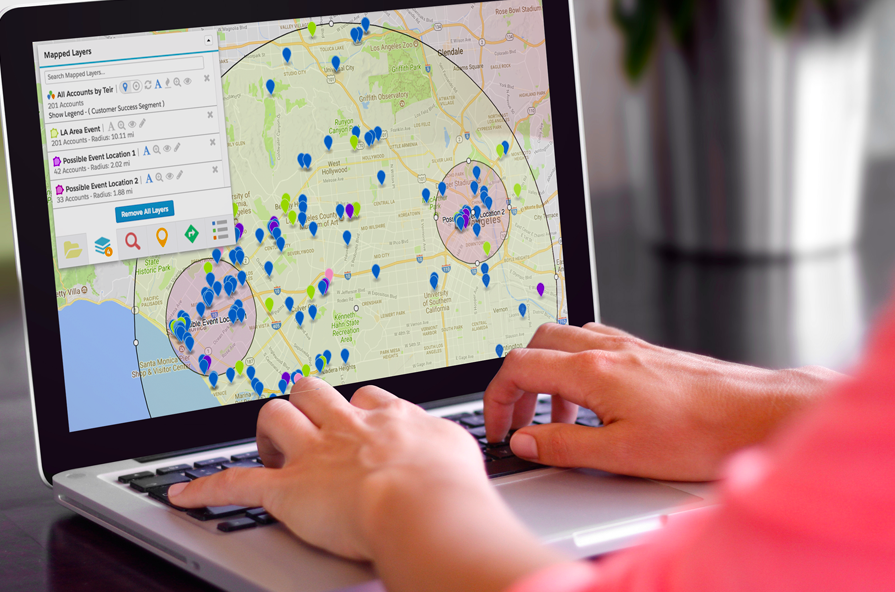
Because geolocation-based mobile marketing techniques have incredible potential, their presence is expanding and leading marketers to come up with creative ways to use geolocation and to push specialized campaigns.
Event Marketing: Social media platforms are a great place to advertise your business-related events. These notifications inform users within a certain area of your business about your event—be it a sale, new products, or discounted services. While your event may occur within the digital realm (i.e., an online promotion), event marketing through social media has the potential to bring customers to you physically.
Bring Back the Brick and Mortar
With e-commerce giants like Amazon, eBay, and Alibaba, businesses with brick-and-mortar stores have run into difficulties keeping up with the digital competition. One of the ways these smaller retailers have adapted to this new digital environment is by incorporating geolocation. For example, beacons (see above) give business owners unparalleled information about their visitors and customers, as well as the popular and successful areas of their store. Using geolocation, these businesses can push coupons or marketing campaigns discreetly and directly to on-site visitors, which means that someone who has stopped in to browse may have more incentive to make a purchase.
Another successful tactic is to offer information about a store’s inventory online so that consumers can see what products are in stock currently. This increases physical store-time as customers looking for something specific are more likely to visit a store knowing that they have stock of the item. Mobile marketing can offer additional services like temporary product holds or coupons for other products. Shoppers can even see your store and inventory when doing a simple google search, which will geolocate the user and pinpoint them to nearby addresses.
User Check-in

User check-ins are a useful marketing tool for promoting your business, but retailers are finding ways to reward their customers for this (free) advertising. Because check-ins require an extra user step, there needs to be a reminder or incentive for users to perform those additional few steps. Having in-shop physical incentives, like a percentage discount, is a super easy way to get those extra geolocation clicks. For businesses with developed mobile shopping apps, they can even activate instant-check-in from their users for more accurate data on customer behavior.



